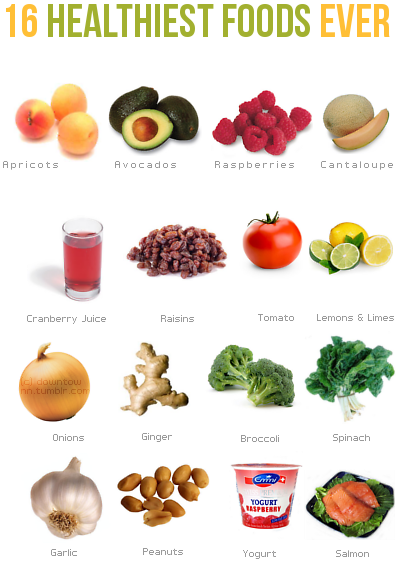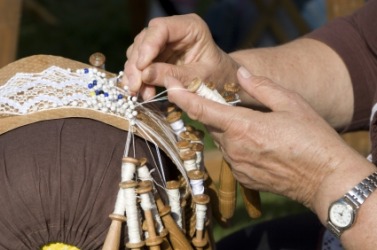From article by the excellent Sarah Lonsdale* in the Sunday Telegraph on 30 September 2012
 (Part of the series: How to be green and stay sane)
(Part of the series: How to be green and stay sane)Want to trim your bills, update your home and do your bit for the planet? Sarah sorts the facts from the finds. This week: collaborative consumption
Shortly after Tracy Currer moved to Lymington in the New Forest, she lent her tall stepladder to a complete stranger who needed to cut his garden hedges: 'The ladders came back a few days later, in the same condition as I lent them in, and as a thank you, I was taken out for an afternoon's sailing'.
Tracy is part of a growing movement of swappers, lenders, borrowers and sharers who use digital technologies to get in touch with people in their area to reduce the need to buy expensive household equipment. on step up from 'freecycling', which is about giving unwanted items away, it's been given a specific term by economists: 'collaborative consumption'. (see: http://collaborativeconsumption.com/)
Although it's a movement born partly out of economic reality, environmentalists hope that once money starts flowing again, the 'borrowing not buying' habit will remain, reducing waste: only 10% of everything in our sheds cupboards and garages is used more than once a month.
Tracy has formed her own borrowing website: Economodo, and says it is particularly useful for people who have just moved house, or who have just had a baby, when one-off purchases can push up bills mercilessly. 'The site's users include people who have just moved house borrowing a drill for a week to put up their pictures, to people having birthday parties borrowing chocolate fountains.' Some lend for nothing, others charge a nominal fee, lower than commercial rates, often donating the money they earn to charity. Landers and borrowers are everywhere, from the Orkneys to the Channel Islands; items lent include projectors, iPads, camera lenses, even space in a pottery-firing kiln, babysitting and sewing lessons.

Tracy and her friend, Meriel Lenfesty, who lives on Guernsey, came up with their version while thinking of ways to help neighbourhoods get to know each other and be more resilient during hard times. 'We did some research around the idea of lending and borrowing and concluded that if we could work on the issue of trust - will a stranger look after my power drill? Who pays if things get broken? - then it would be worth doing,' says Tracy. The website included add-ons, such as deposits for high-value items and the ability to limit the size of a lending circle, for example, to a particular geographical location, to parents of children at the same school or to people at the same workplace.
'The big difference is social media', says Paula Owen, a climate-change chemist turned consultant on energy efficiency. 'If you're about to have a baby, you can go on the internet and find local baby and maternity clothes swapping groups near you as well as all that equipment you'll need.'
 Increasingly sophisticated 'reputation' software, such as 'feedback' ratings left against borrowers' profiles, helps people trust strangers when lending out expensive items or giving out addresses.
Increasingly sophisticated 'reputation' software, such as 'feedback' ratings left against borrowers' profiles, helps people trust strangers when lending out expensive items or giving out addresses.*See: http://www.telegraph.co.uk/journalists/sarah-lonsdale/
** collaborativeconsumption.com; paulaowenconsulting.com; tastewatch.ord.uk; clothesswap.meetup.com; the Science Museum's Changing Climate Programme includes courses on reducing family consumption (sciencemuseum.org.uk).
See also: http://en.wikipedia.org/wiki/Collaborative_consumption


























